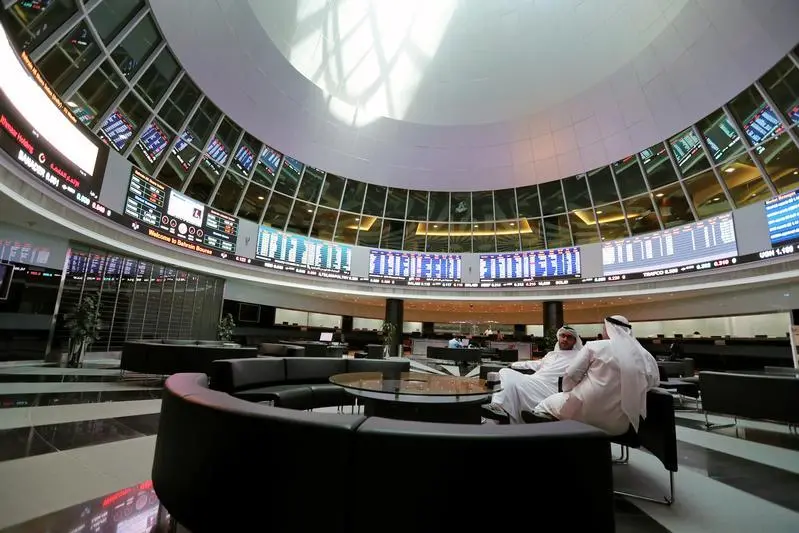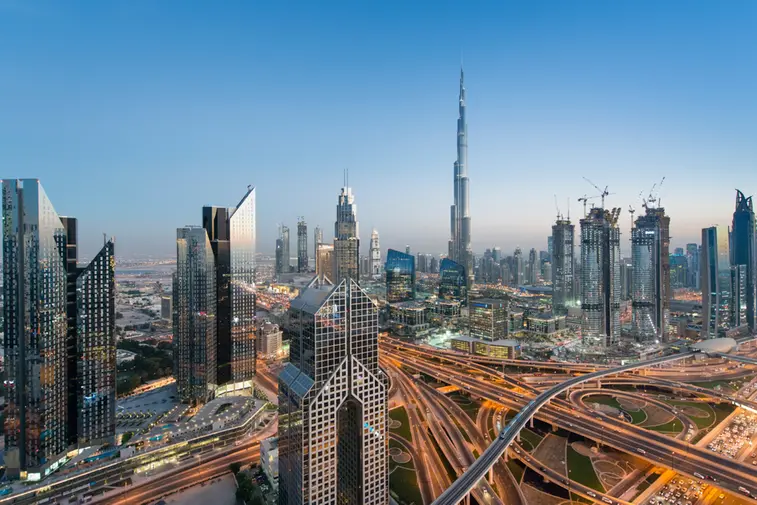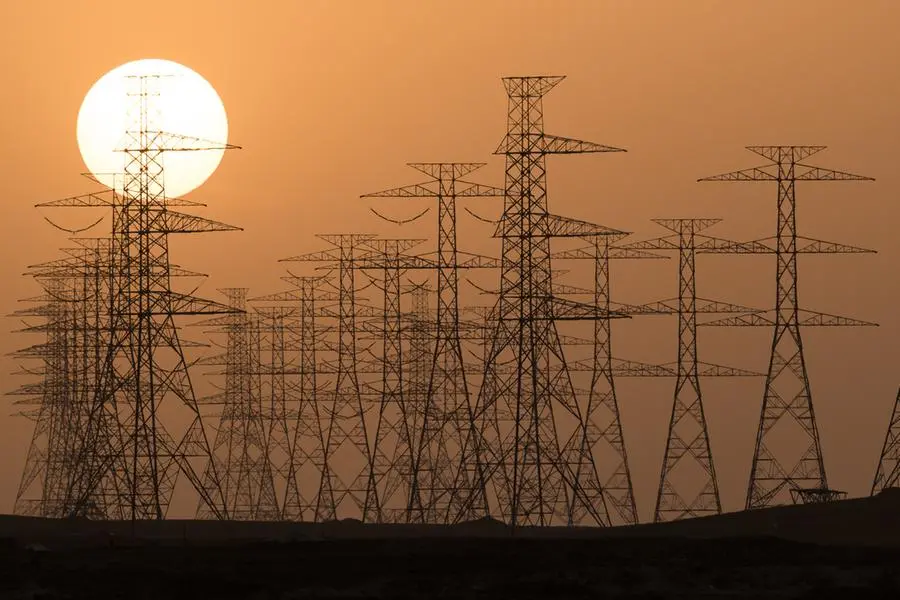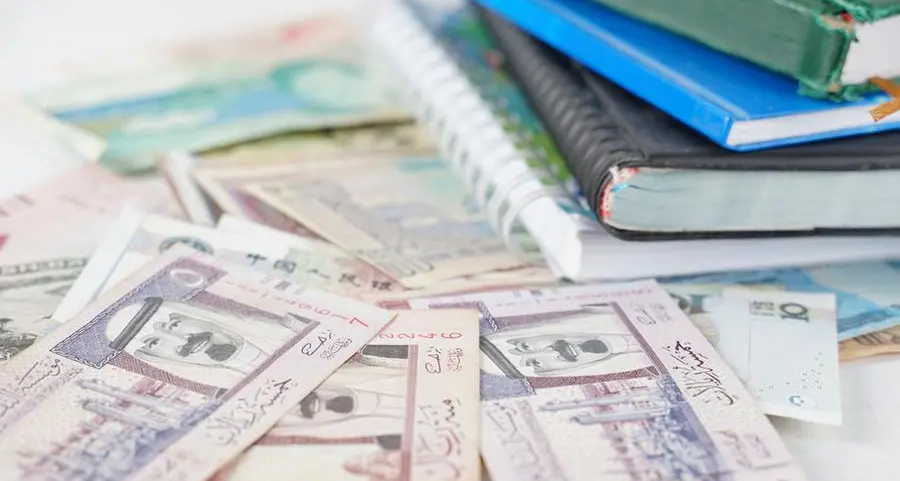PHOTO
Image used for illustrative purpose. Aerial View Of Satellite Over Earth Planet. Getty Images
ABU DHABI, 9th January, 2024 (WAM) -- In 2024, the UAE announced joining the US, Japan, Canada, and the European Union (EU) in implementing the Lunar Gateway project, furthering its impressive legacy in space exploration.
This move testifies to its determination to build on its achievements over previous years through a series of ambitious space programmes and missions, consolidating its leadership in this area.
The UAE's involvement in this prominent 21st-century international project also highlights its commitment to promoting and facilitating international cooperation in space, serving humanity, and achieving progress and prosperity, as well as affirms its confidence in Emirati talent and their ability to play influential roles in the most challenging international scientific projects.
The project marks a significant advancement in humanity’s return to the moon after an absence of more than five decades, and it aims to land on the moon's surface and establish a base for future missions towards Mars. The UAE will operate the station’s Crew and Science Airlock module for up to 15 years, extendable as necessary.
The UAE will have a permanent seat and contribute scientifically to the world’s largest lunar and space exploration programme, and will be among the first countries to send an astronaut to the moon, granting it priority access to scientific and engineering data provided by the station.
The UAE's interest in lunar exploration and surface landing dates back to September 2020, when it announced the first Arab scientific mission to explore the moon by developing and launching the first Emirati lunar rover named “Rashid”. In April last year, the rover reached the moon's orbit and approached the surface before communication with the landing vehicle was lost.
Immediately after this, the UAE announced a new mission for the Mohammed bin Rashid Space Centre (MBRSC) to explore the moon, titled "Rashid 2", building on the success achieved in designing and constructing the advanced lunar rover "Rashid 1", which became the first Emirati and Arab explorer to reach lunar orbit before attempting a landing.
This year, 2024, will witness the launch of the "MBZ-SAT", the second satellite fully developed and constructed by a team of Emirati engineers following "KhalifaSAT". Leveraging its significant technological advancements, MBZ-SAT will provide highly advanced services and is one of the world's most advanced satellites.
The MBZ-SAT project, the fourth Earth observation satellite, is unique as it will provide high-precision data rapidly to beneficiaries, allowing them, for the first time, to automatically and autonomously request desired images for relevant authorities, and receive them directly, swiftly, and around the clock without human interaction.
Emirati astronauts Mohammed Al Mulla and Nora Al Matrooshi are set to complete their training this year, graduating as fully trained personnel for missions. They belong to the second batch of the UAE Astronaut Programme and were selected alongside ten astronauts from NASA for the 2021 NASA Astronaut Programme.
Throughout 2024, the UAE will continue working on a series of ambitious space projects, most notably the "Sarb" radar satellite development project and the asteroid belt exploration project, spanning 13 years, with six allocated to development and seven to exploration. During this period, the Emirati spacecraft, “MBR Explorer 5", will cover over a billion kilometres, passing by Mars to explore seven asteroids and land on the last asteroid by 2034.























